Personality and Temperament
If you’re looking for a friendly cat with a big personality, the Sphynx might be ideal. Bonus points if you’re hoping for a pet that doesn’t shed, as these hairless cats are either completely free of hair or are covered in the barest layer of fine, velvety down.
With bold features and an intense gaze, the Sphynx might not appear to be the friendliest cat on the planet, but don’t let this cat's stern espression deceive you! The Sphynx is a gregarious, personable cat with lots of love to share with everyone, including strangers and other pets. Quick to greet their family members at the door and just as fast to cuddle under the covers when bedtime arrives, Sphynx cats take every possible opportunity to socialize.
Without adequate companionship, the Sphynx quickly becomes despondent, bored, and destructive. These cats absolutely hate to be left alone, and while they’re spending time with you, they have a tendency to offer unsolicited help and advice. Loud meows can give way to unrelenting wails if you try to confine a Sphynx to its own space, making these cats unsuitable for families that don’t want a high level of involvement from their pet.
Last but not least, Sphynx cats need to be kept warm and protected from the elements. These cats can’t live outdoors where they’ll suffer from sunburn, windburn, cold, and injuries to their delicate skin.Even inside, Sphynx look for the warmest possible place to rest. Offer a heated cat bed, and you’ll know exactly where to find your Sphynx when it’s time to play. If your Sphynx wants to sunbathe near a window or door, use a pet sunscreen to protect their exposed skin.
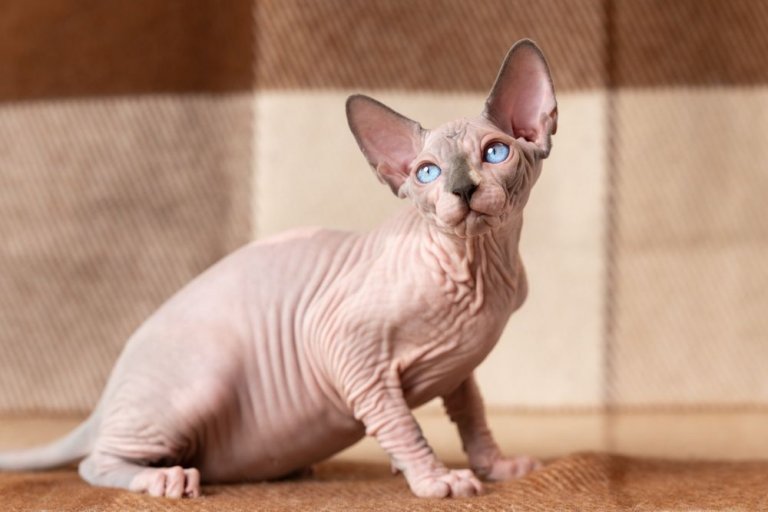
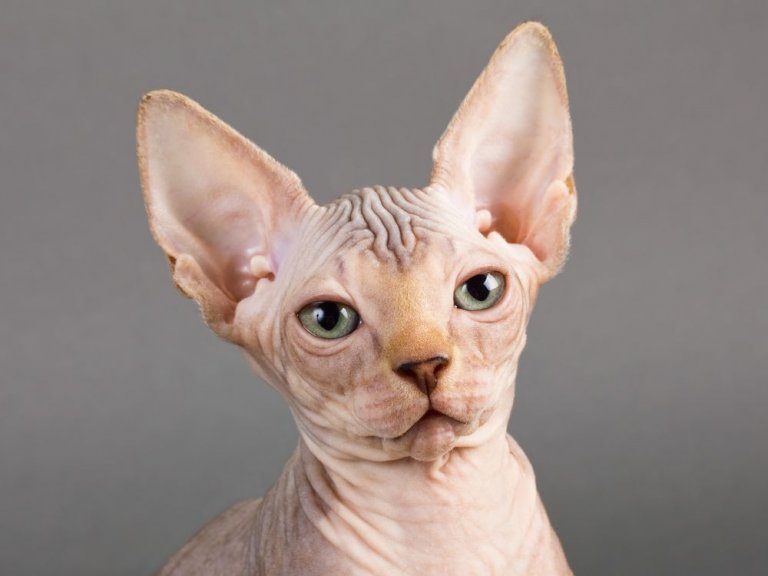
Care
Nutrition
Grooming
Exercise
Health
High-quality food is essential for Sphynx cats, as lower-quality cat food can lead to skin problems and cause excess oil production. Look for a brand that’s high in protein and low in carbohydrates, and that incorporates real meat or fish as the primary ingredient.
You might think that the Sphynx cat requires very little in terms of grooming. It's true that these cats don't need brushing, but they do require fairly frequent bathing to remove excess oil that can lead to greasy buildup and skin irritation. Frequency varies depending on the individual cat, but most Sphynx need a bath every one to four weeks. Use a gentle cat shampoo and warm water that feels comfortable on your own skin.
Check your Sphynx cat’s ears frequently, as well. If you notice debris deep inside the ear, have your vet or a professional groomer provide a cleaning. Between deep cleanings, wipe away greasy residue with a cotton ball that has been moistened with a pet ear cleanser.
At-home dental care can help keep your Sphynx healthier for a lifetime, so consider brushing their teeth daily. Feline toothpaste comes in flavors cats enjoy, making this task a bit easier once they know what to expect.
Sphynx cats are prone to buildup between their toes, so wash their paws a few times per week prevent skin infections. It’s a good idea to clip your cat’s toenails regularly, too. This routine is simplest when you start from a young age. With time, your cat will accept it without making too much of a fuss.
Sphynx cats are capable athletes with strong, sinewy muscles. These cats get lots of exercise following their people around and playing with other pets, but provide opportunities to jump and climb via cat condos or cat trees, and one or more scratching posts. Offer plenty of toys to engage your Sphynx and keep them in great shape.
Unfortunately, Sphynx cats do have some known health issues, including an increased incidence of a type of heart disease known as hypertrophic cardiomyopathy (HCM). In addition, some Sphynx are prone to an inherited neuromuscular disorder called congenital myasthenic syndrome (CMS).
Sphynx cats are also prone to periodontal disease, making routine teeth cleaning essential. Skin irritation can happen with some frequency, making these cats a bit more high-maintenance in the skin-care department than cats with fur.
History
There are quite a few stories about the origins of the Sphynx cat. Feline geneticists believe that the Sphynx we know today might share some similarities with Aztec or Mexican hairless cats, which were last documented in the early 1900s.
The Sphynx cat breed as we know it today got its start in 1966, when a black and white cat gave birth to a hairless kitten named Prune in Ontario, Canada. After reaching maturity, Prune was mated to other cats, resulting in kittens with hair as well as hairless kittens. These cats, along with a few other hairless cats born in, were used as the foundation for a new breed that was originally called the Canadian Hairless Cat.
The breed had a very difficult start due to limited genetics. In the 1970s, breeders paired the hairless cats born in separate litters in Toronto and Minnesota (named Epidermis, Punkie, and Paloma) with Devon Rex cats, a breed with a very sparse hair coat. People began calling the breed the Sphynx due to the hairless cats' resemblance to the ancient Egyptian Sphinx figure.
To maintain genetic diversity, The International Cat Association (TICA) breed standard allows outcrossing to the American Shorthair and Devon Rex. According to the Cat Fanciers' Association (CFA) breed standard, Sphynx born on or after December 31, 2023, may have only Sphynx parents.
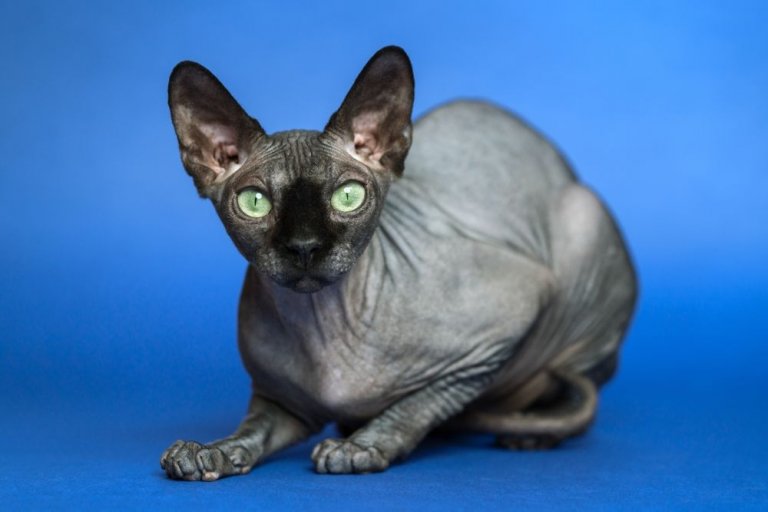
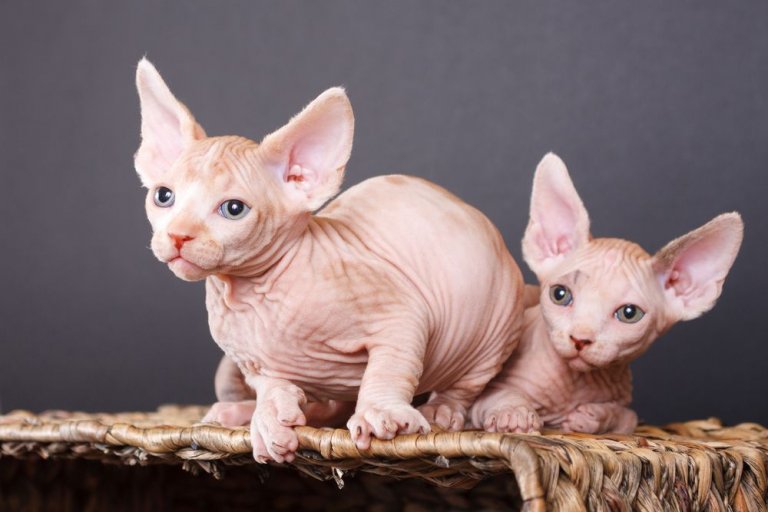
The Breed Standard
Eyes
Legs & Paws
Tail
The Breed Standard
Body
Head
Ears
Coat
Color
FAQ
How much does a Sphynx cat cost?
Sphynx cats cost between $1800-$3000.
How big do Sphynx cats get?
Sphynx cats tend to be medium in size. A fully grown Sphynx cat might weigh between 8-16 pounds or more and range in height anywhere from about 8"-10" inches tall.
How long do Sphynx cats live?
The Average lifespan for Sphynx is 13-14 years.
Do Sphynx cats shed?
Sphynx cats are considered a hairless cat breed, they lack a coat to shed or groom.
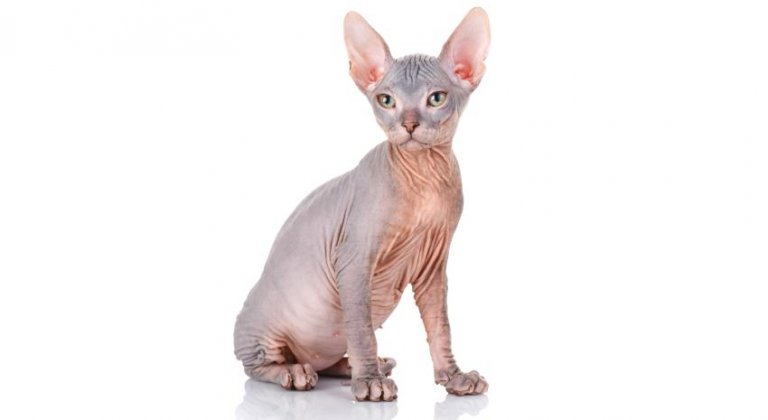
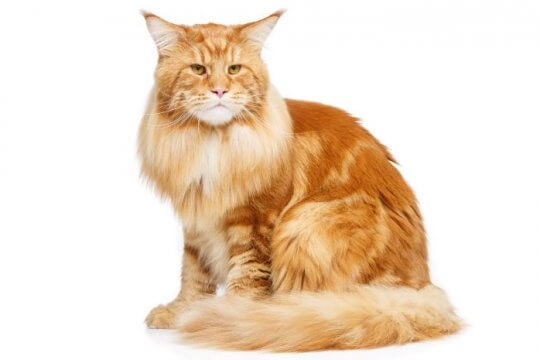
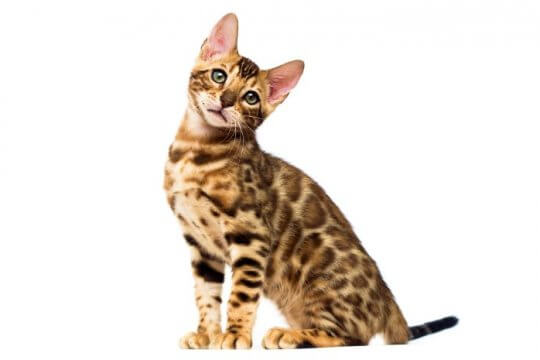
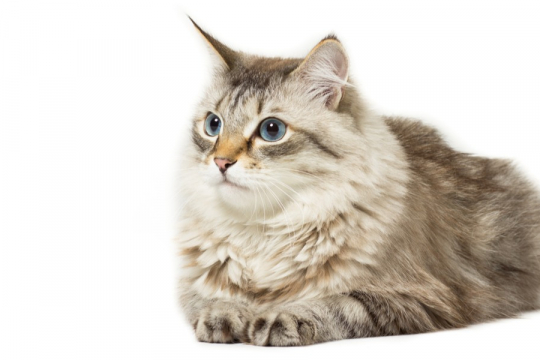
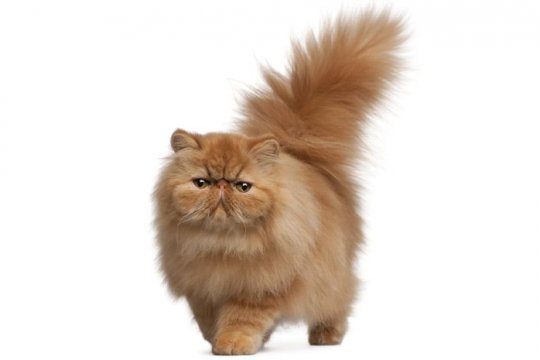
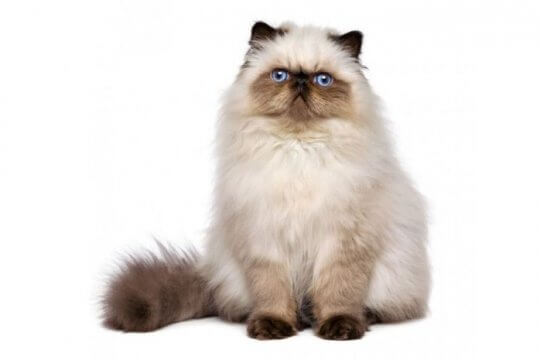
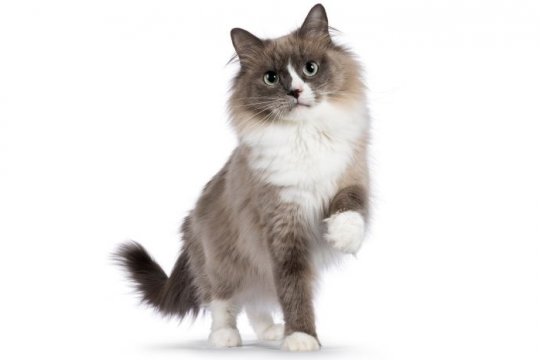
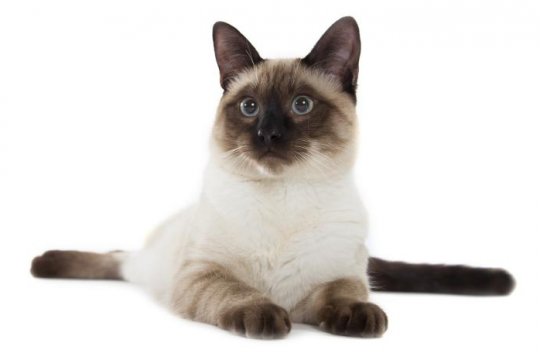
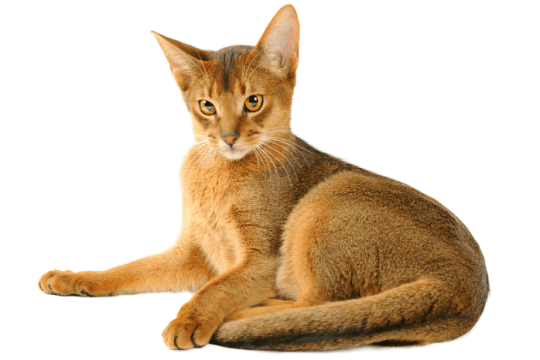
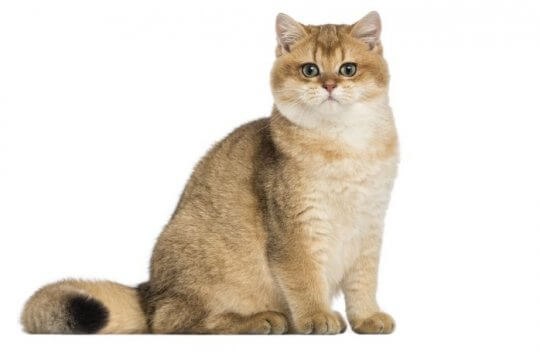


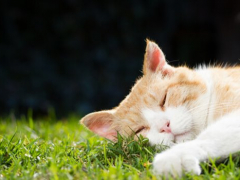


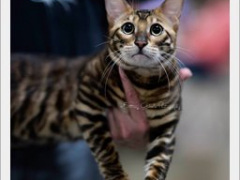
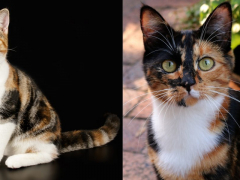

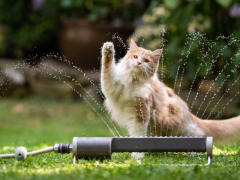

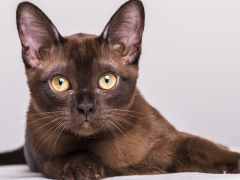
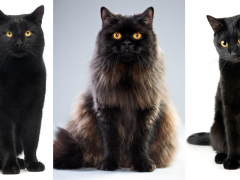
So much missing from this writeup, especially their propensity toward heart disease. Anyone interested in this breed should be reading up on hypertrophic cardiomyopathy and ensure that they are adopting only from responsible breeders that are scanning their adults for their entire life before, during and after breeding. If you aren’t ready to deal with severe heart disease in a 2 year old cat, don’t bother with this breed.
I know I don’t have a sphinx but it’s really interesting ðŸˆâ€â¬›ðŸˆðŸ˜º